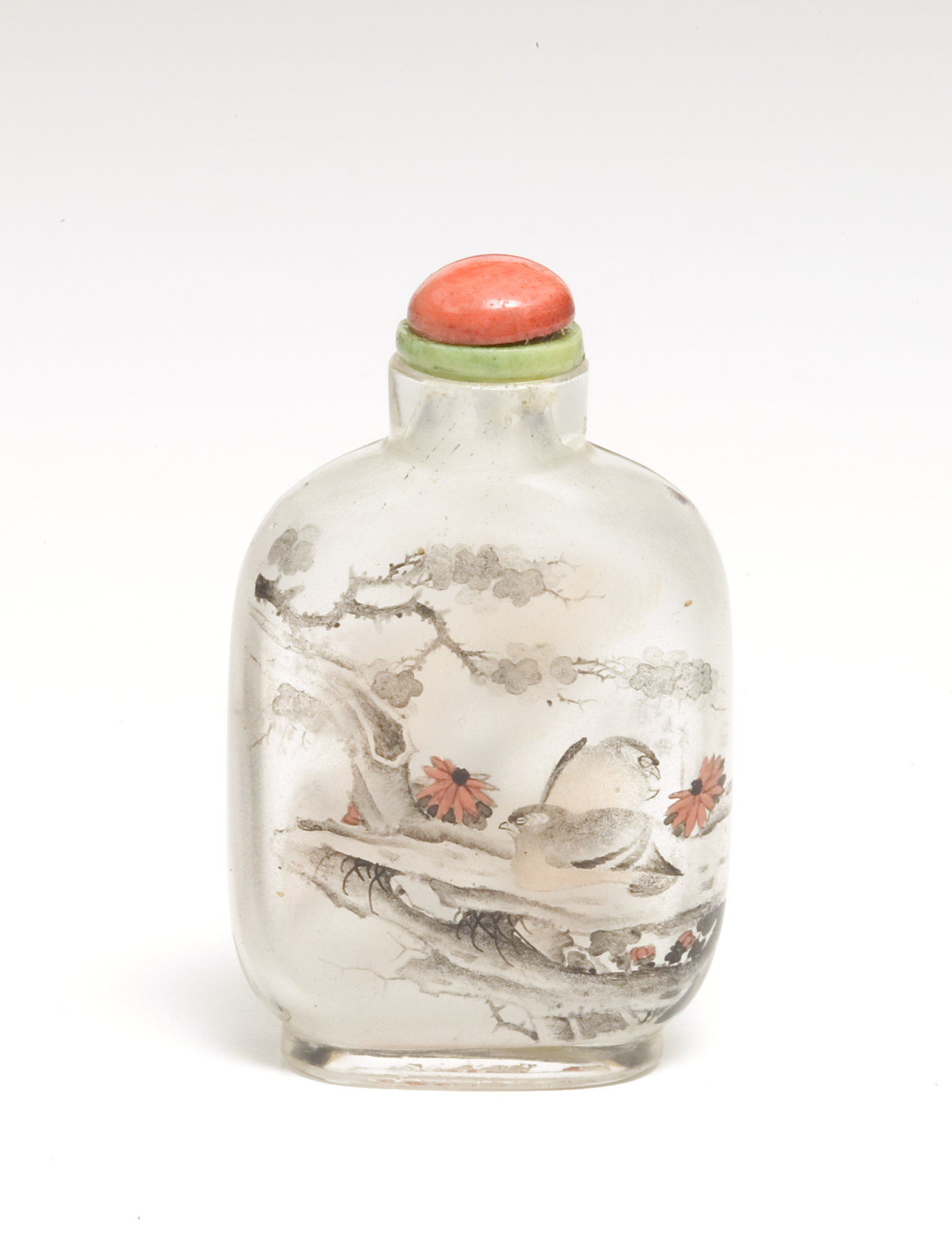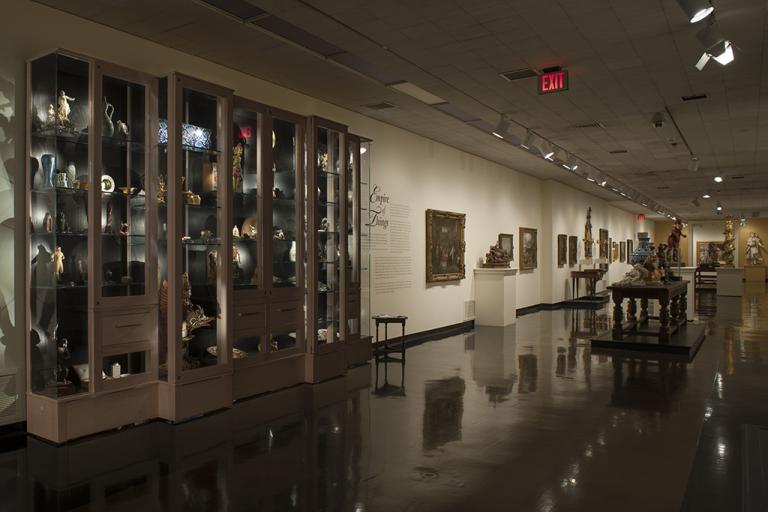Second Spring, snuff bottle with stopper, Yan Yutian
Artwork Overview
Yan Yutian, artist
active 1895–1918
Second Spring, snuff bottle with stopper,
1895, Qing dynasty (1644–1911)
Where object was made: China
Material/technique: coral; reverse painting on glass
Dimensions:
Object Height/Width (Height x Width): 6.3 x 3.7 cm
Object Height/Width (Height x Width): 2 1/2 x 1 7/16 in
Object Height/Width (Height x Width): 6.3 x 3.7 cm
Object Height/Width (Height x Width): 2 1/2 x 1 7/16 in
Credit line: William Bridges Thayer Memorial
Accession number: 1928.2713
On display: Loo Gallery
If you wish to reproduce this image, please submit an image request










